Traveling across the country visiting our members has allowed me to better learn about your business operations and strategies.
I’ve been impressed with the degree of on-site innovations – which clearly aren’t as uncommon as perceived to be! But, what I can say is we still have work to do in making innovation part of our daily operations versus something that just happens.
The current state of play
Heavy engineering is perceived as a ‘traditional and low – medium tech industry,’ with undertones of being rigid and slow to adapt. In a world that is rapidly changing and increasingly embracing technology to achieve efficiencies, it’s easy to see that such perceptions are damaging.

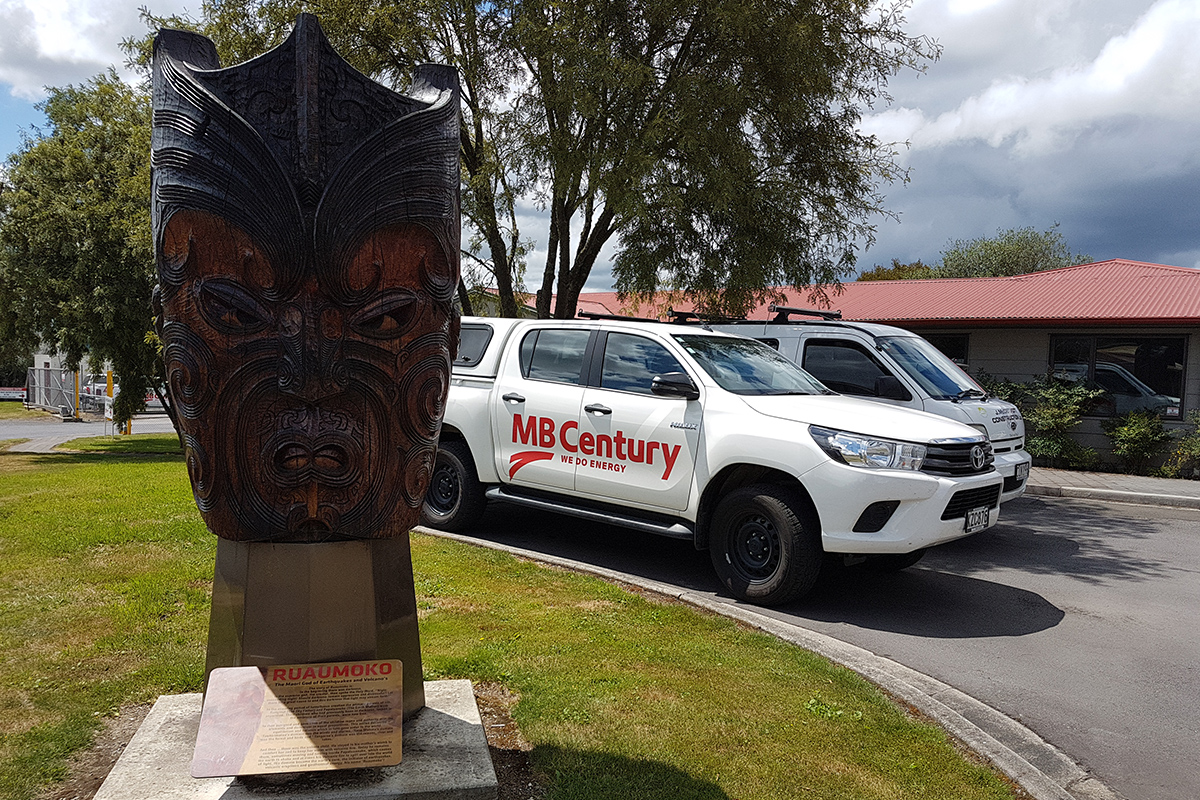
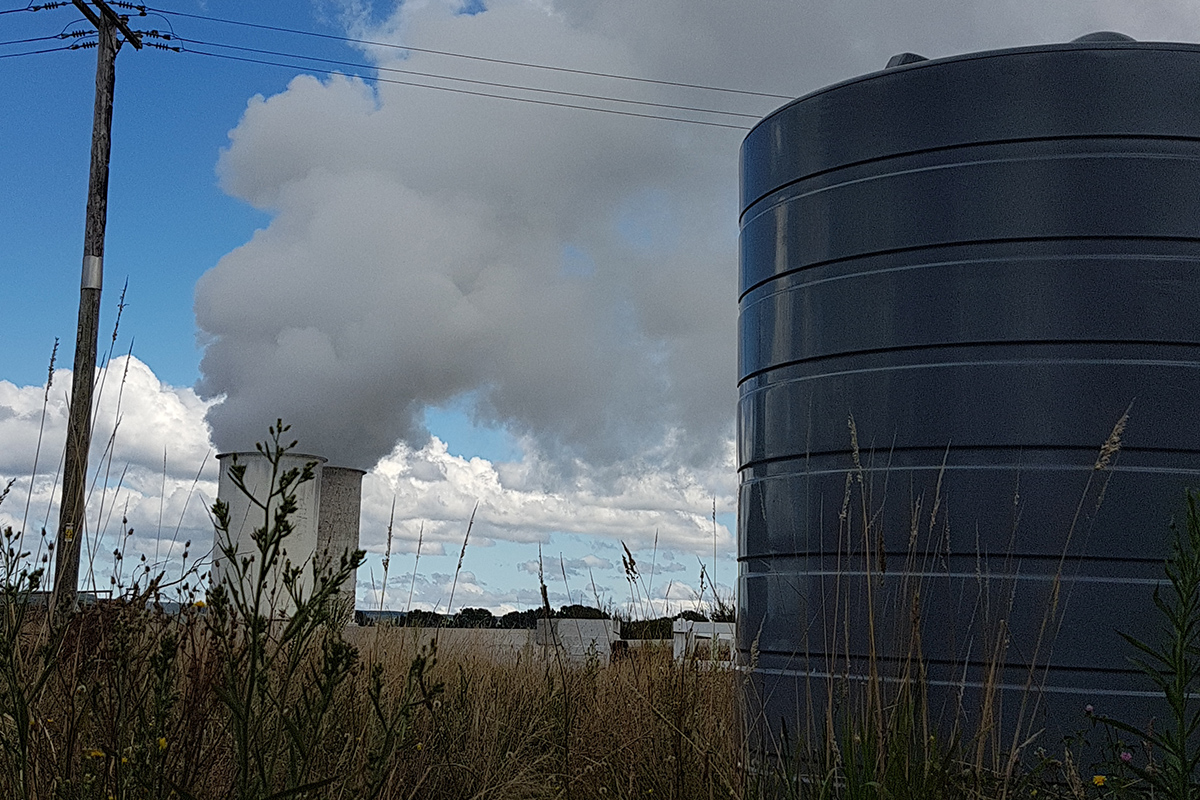
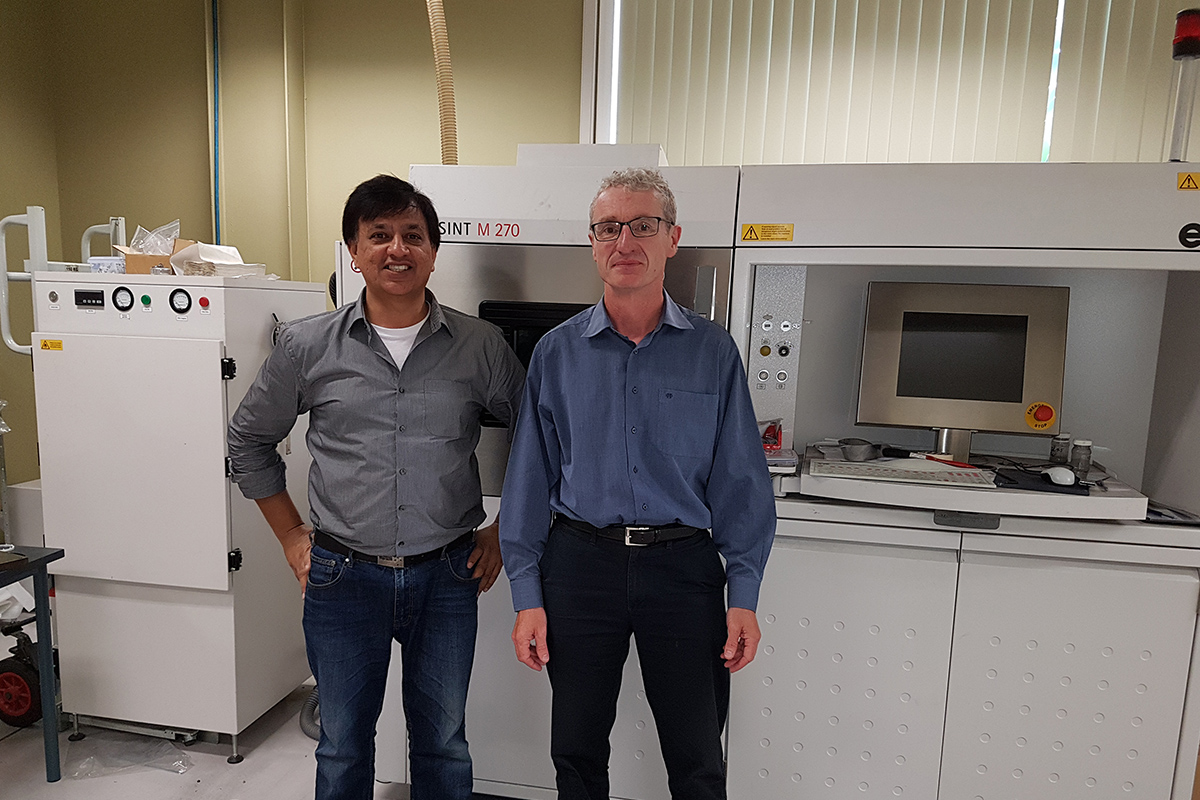
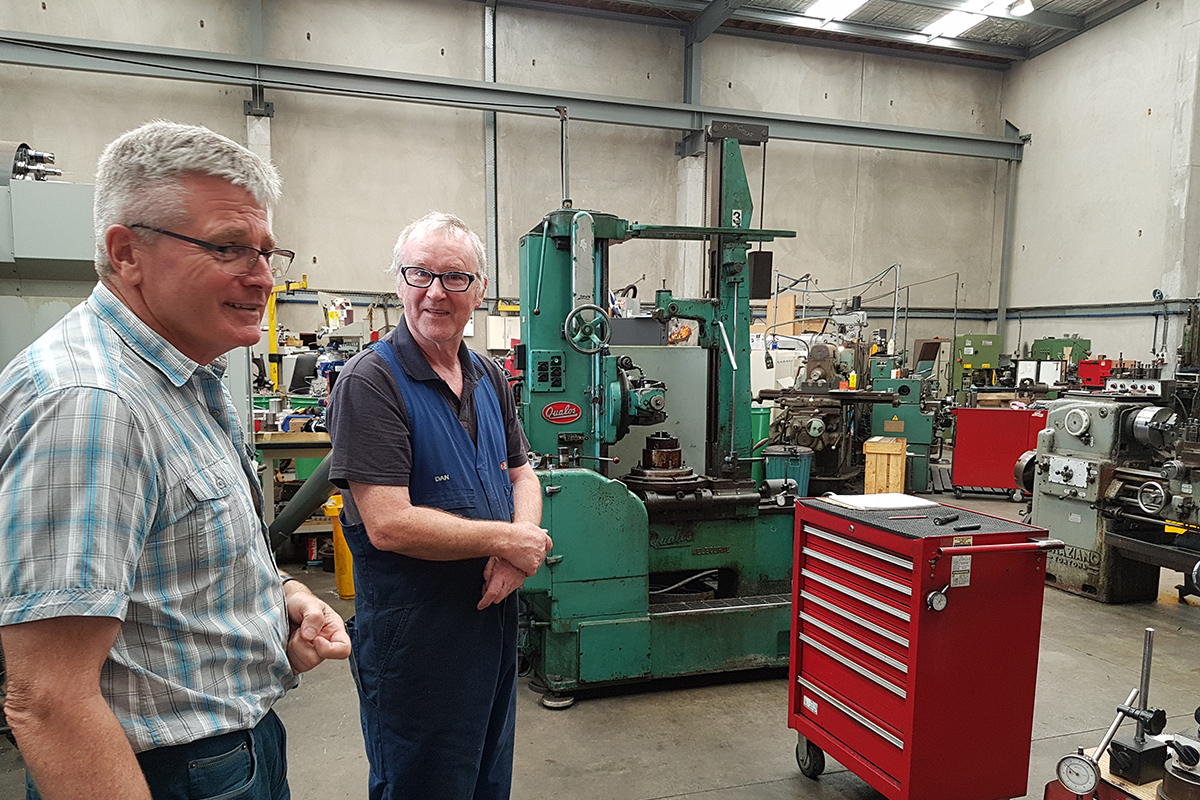
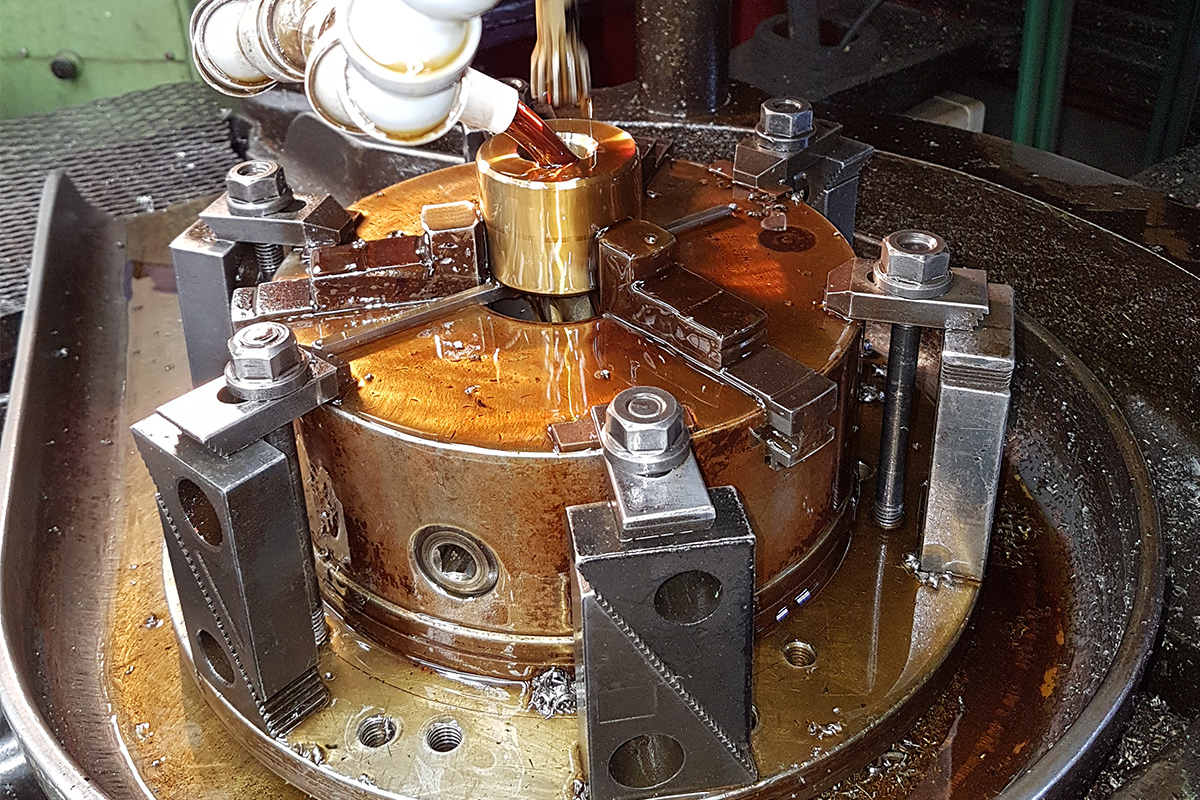
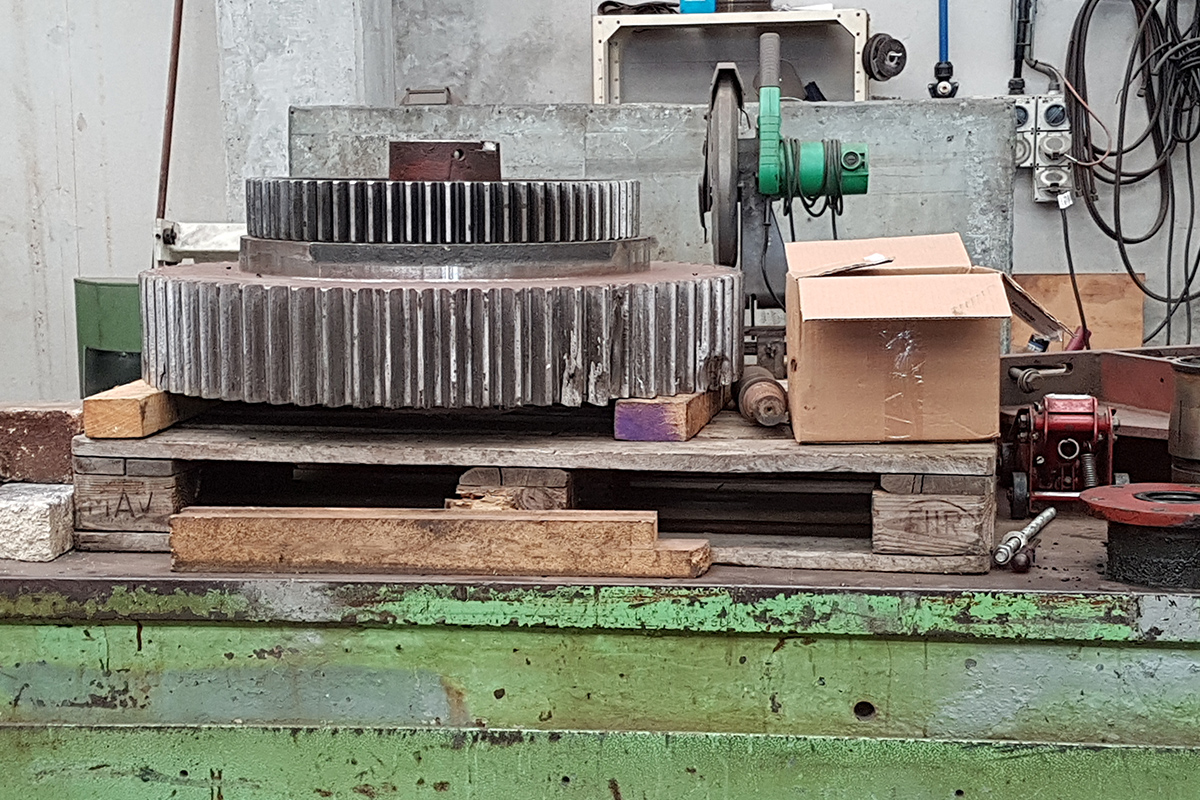
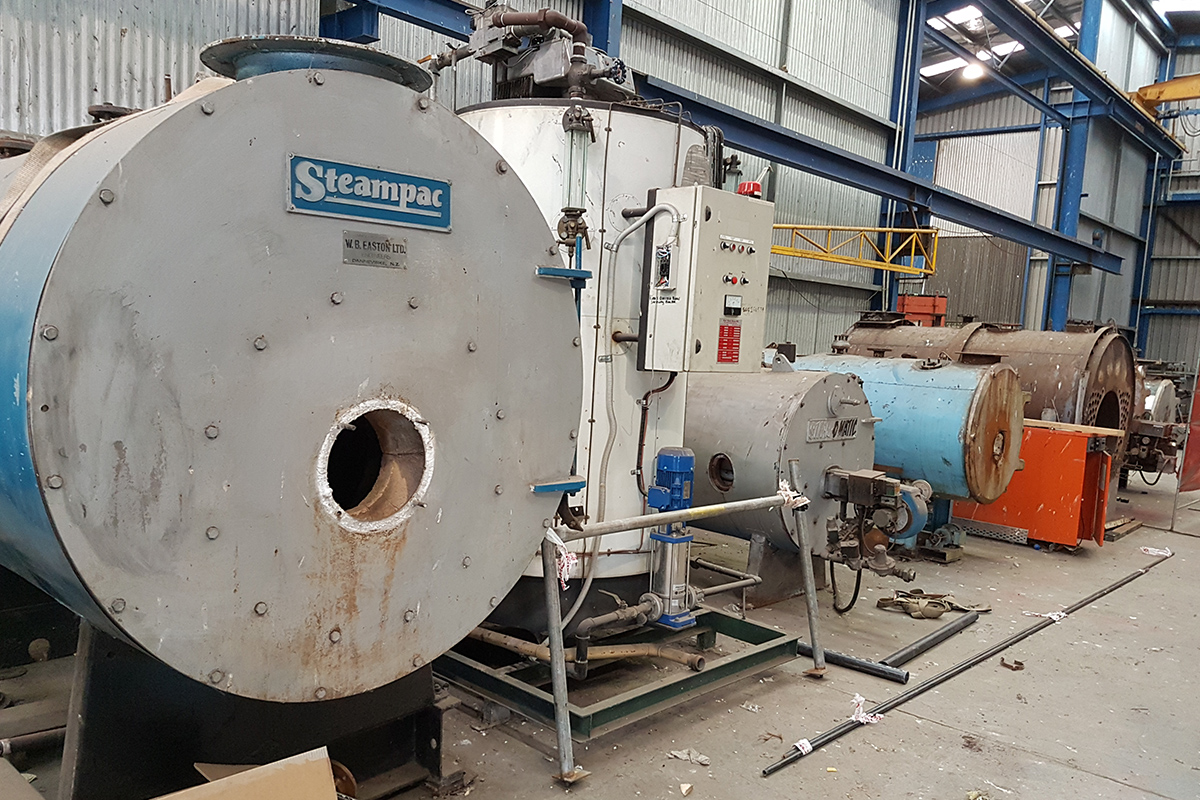
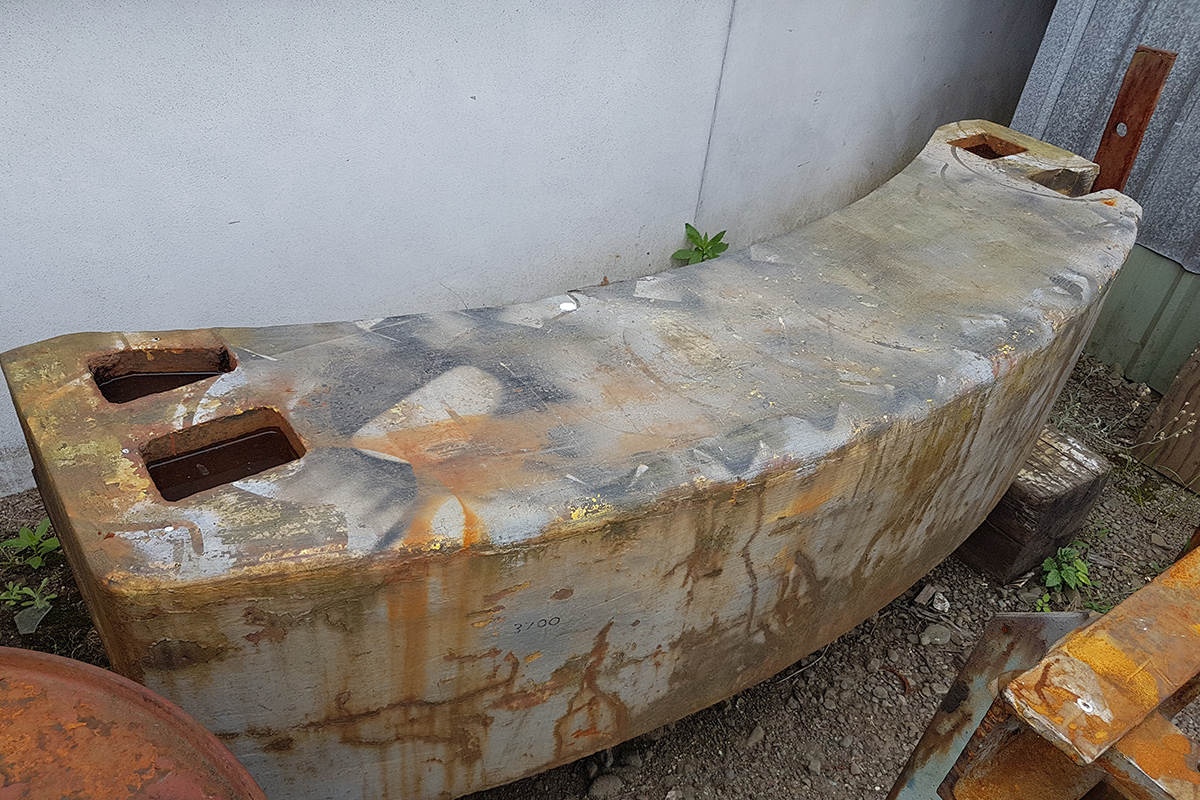
During my visits I found many of our SME membership displayed a mind-set that they’re limited in their ability to carry out in-house innovation. Core challenges being finance, a lack of resources, and an operational strategy set on meeting daily deliverables rather than future growth.
While understandable, we need only look to last year’s closure of A&G Price and Amtec to see what happens to even well-established companies that fail to innovate.
Business innovation is key
At HERA, we believe the first and most important step for our members is to understand that there is a need to continuously innovate. Followed by a commitment to graft it into business strategies as a priority.
Simply put, it’s about changing any aspect of your business to get greater value from it. That may range from adopting a lean business model for greater operational efficiency to inventing a new product for a niche market to increase sales.
There is actually many examples seen across our membership doing just this. Be it creating a new geothermal well assessment tool, a business model for leasing boilers, a rotary steam engine prototype or a desktop 3D printer try out. For these companies the innovation engine hasn’t run dry and they’ll attest it’s because they want to thrive in their market space.
Three simple steps to innovation success
- Listen to potential and existing clients. Responding positively is a risk worth taking and most times ends in great results. Where it doesn’t impact the target customer, it often generates a new customer segment because a working example is worth much more than a product customers can’t see!
- Have a mind-set for innovation. It enables us to keep learning from past experiences and not be afraid to try new ideas.
- Take a leap of faith. It’s a difficult conundrum because innovation asks us to pave roads that don’t exist – but it’s necessary for success. This isn’t about taking crazy risks, rather informed ones backed by research and expertise.
How can HERA help?
I’ve seen a lot of resilience in our members visited so far. And I appreciate that there’s general acknowledgement for innovation out there, but that many are time-pressed to execute it. To this I say: consider taking even one step towards thinking about innovation and the disruptive trends surrounding our industry sectors. It’ll be time well invested, and something that can be assisted by taking advantage of opportunities to meet HERA representatives if they arise.
One way to understand the process better is to attend innovation courses. That’s why we’re focused on hosting such an event later this year to assist our members in this space.
We’re also developing a business research program which addresses many of the barriers stopping companies from implementing innovation strategies in their business. And from a funding perspective, there are options with Callaghan Innovation that we’re open to exploring with motivated members wanting to kick start an innovation program.
If you want to thrive… innovate.
If you’d like to know more about how to innovate in your business, or are interested about our innovation course or business research program, please contact our General Manager Industry Development Dr Boaz Habib.
We’d also love to hear your innovation stories. If you’re open to sharing them, please contact our Manager Marketing & Communications Kim Nugent.